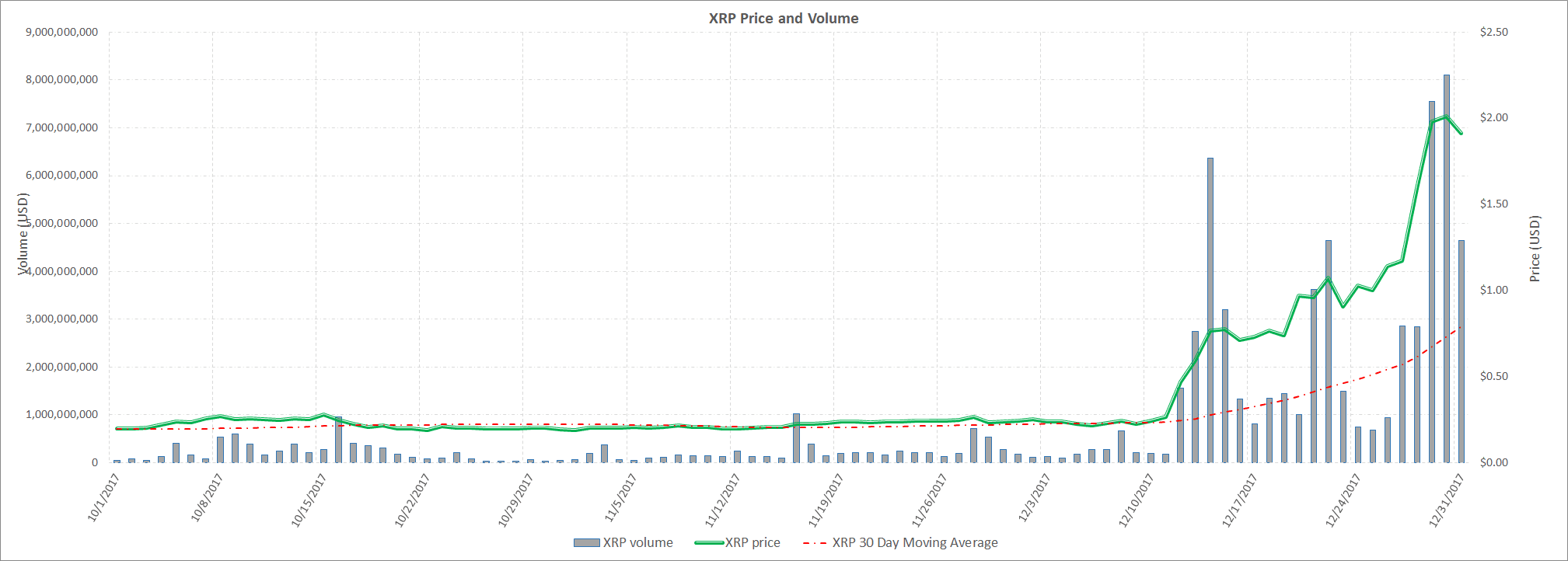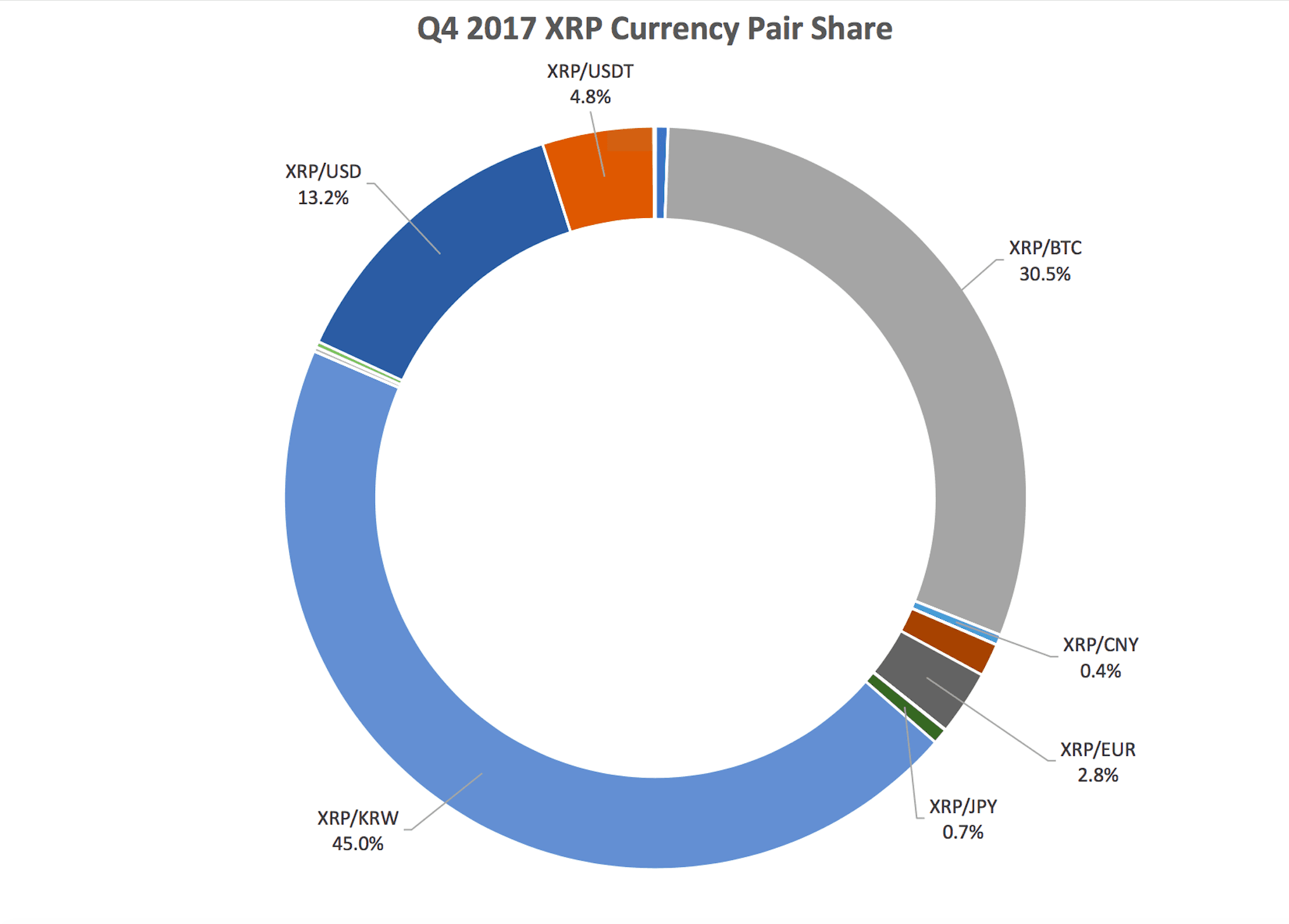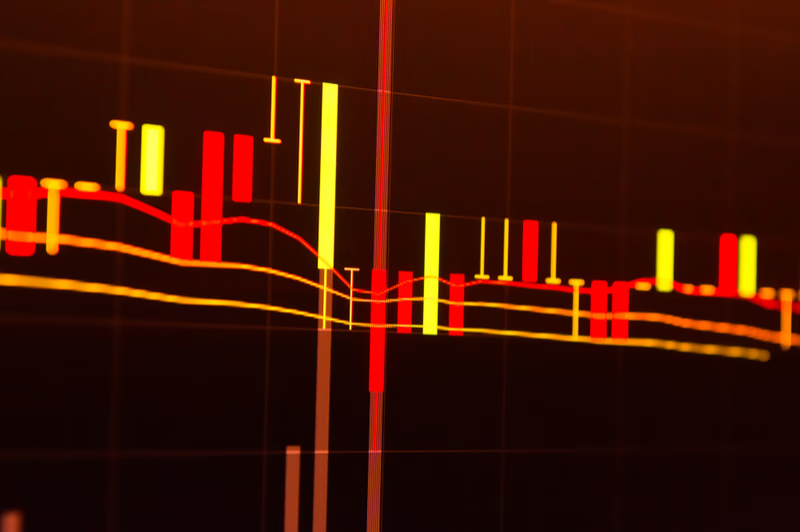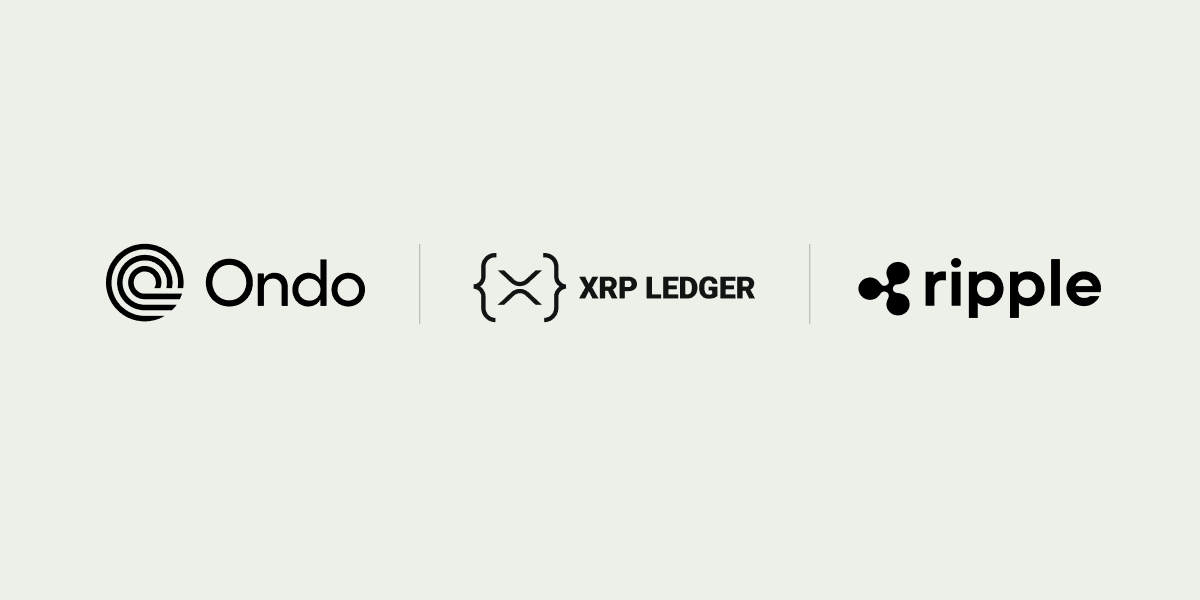To continually improve the health of XRP markets globally, we share regular updates on the state of the market including quarterly sales, commentary on previous-quarter market developments and Ripple company-related announcements.
Quarterly Sales
In Q4 2017, market participants purchased $20.1 million directly from XRP II, LLC1 — our registered and licensed money service business (MSB). These participants tend to be institutional buyers, and their purchases typically include restrictions that mitigate the risk of market instability due to potential subsequent large sales
Additionally, the company sold $71.5 million worth of XRP programmatically as a small percentage of overall exchange volume. For Q4, these sales represented 0.075 percent (7.5 basis points) of the total $95.4 billion2 traded — a decrease from Q3 2017’s 0.20 percent (20 basis points).
Market Commentary: A Quarter for the Ages
XRP markets ended the year with a statement — one that will likely be remembered as a defining milestone in XRP’s history. Though the beginning of the quarter was relatively quiet — with prices trading in a range between $0.203 and $0.30 — XRP began rallying on December 12 and continued moving upwards throughout the month. It quickly reached and exceeded dollar parity on December 21. From there it climbed higher, briefly touching $2.19 on December 30 before retracing somewhat and finishing the quarter at $1.91. This price appreciation represents an impressive quarter-over-quarter increase of 887 percent and a year-over-year gain of 29,631 percent.

Given the price activity, in some respects, this quarter felt like Q2 2017. While XRP saw large percentage gains in the second quarter, its notional value was the more poignant story in Q4, expanding from approximately $8 billion at the end of Q3 to $191.0 billion4 on December 31, making XRP the second most valuable digital asset in the world. In short, XRP markets had a record-setting quarter. An Eventful Quarter Early in the quarter, market attention was focused on issues between bitcoin and bitcoin cash and the launch of Chicago Mercantile Exchange (CME) and Chicago Board Options Exchange (CBOE) bitcoin futures. The anticipation for futures was particularly distracting, as markets awaited a pivotal development in the history of the digital asset space. Since XRP has historically been relatively uncorrelated to BTC or any other digital asset, it was not entirely surprising that while the rest of the space found its footing earlier in the quarter, XRP consolidated instead. In late Q4, XRP markets began to connect the dots once again. Of particular importance were the American Express/Santander partnership announcement, the activation of escrow and the connection of Korean banks to the Japan Bank Consortium. The completion of escrow represented the company’s consistent ability to follow through on a previously announced initiative. Additionally, while neither the AMEX news nor the Korean bank initiative involved XRP, these key developments prove that Ripple is gaining customer momentum. Though it’s early, and today most RippleNet members are adopting xCurrent, each one of these client milestones increases the probability that institutions will eventually use XRP and xRapid to take advantage of more efficient liquidity, just like Cuallix does today. As digital asset markets grow and evolve, newer market participants will continue to look to milestones such as these to gauge XRP’s potential. Lastly, the fourth quarter was also fascinating with respect to other digital assets. There were some great advancements in the space. Unfortunately, there were also some concerning developments, in particular, the very public bitcoin vs. bitcoin cash civil war and concerns around ether (ETH) and litecoin (LTC) leadership commitment. This may be where XRP most significantly distinguishes itself going forward. As established corporations consider leveraging distributed ledgers and blockchains, especially public incarnations of those technologies, dispute resolution and commitment will be key. Building pivotal infrastructure on top of technology that does not have clear governance is not palatable for large established companies. Also, from conversations with market participants as well as with possible clients, it’s clear Ripple’s consistent and steadfast support of XRP is a major advantage as the payments industry continues to seriously consider it as an alternative liquidity solution. Dramatic Volume Increases
Of all the developments in Q4, the dramatic increase in volume likely had the most impact on XRP’s likelihood of becoming an international standard for digital-value transfer. In order for XRP to be highly efficient as a settlement asset for cross-currency transactions, it will continue to need greater volume and depth of order books. These market attributes increase its ability to support much larger cross-border payments and thus increase its utility broadly. Overall, Q4 volumes averaged more than $807.6 million per day, a 35,341 percent increase over Q4 2016’s volumes of $2.28 million per day, with much of the volume growth coming late in the last month of the quarter.
Since December 11, XRP’s volumes averaged $2.77 billion per day as the price rally progressed in earnest. Of particular importance is the growth of strategically important XRP/MXN volumes in Mexico, one leg of the first xRapid corridors. In December, XRP/MXN activity increased by more than 25x its volumes in September, and at times outpaced BTC/MXN volumes. We believe this rise in volumes is partly due to additional market maker activity at Bitso, as well as the rise in speculative interest.
Lastly, XRP also became available across more than 50 exchanges globally — which was likely a driver of growth as well. This increased global reach is the result of Ripple’s continued investment in the XRP ecosystem and will more easily allow financial institutions to source liquidity for international payments through XRP going forward.

Korea’s Impact Continues
Though Korean markets continued to be a significant driver of XRP activity during the quarter, growing geographic diversification of XRP liquidity lowered KRW market share to 44.8 percent of total Q4 volume.

Interestingly, this retracement of market share didn’t apply to KRW prices. As XRP advanced in Q4, so did Korea’s premium over USD markets. At times, prices were as much as 40 percent higher in Korea than the rest of the world. While it’s still somewhat early to tell, it will be interesting to see if these premiums develop into a leading or lagging indicator of market activity going forward. Towards the end of December, rumors of a Korean government clamp down on the space began circulating. On December 27, the official news broke. However, much to the market’s surprise, the impact was muted. In fact, many markets — XRP included — continued to rally. However, what seemed like insatiable demand may have some challenges ahead. Given South Korea’s outsized volume share on digital asset exchanges, a more restrictive stance there poses a significant market risk. What’s on the Horizon for Q1 2018 2018 is likely to be a pivotal year for the broader digital asset markets as a whole, as well as for XRP markets specifically. Q1 will be key to ensuring XRP’s liquidity eventually becomes more like that of existing foreign exchange markets and XRP achieves its goal of becoming the digital standard for international value transfer. xRapid On January 11, 2018, we formally announced a partnership with MoneyGram — one of the world’s largest money transfer companies — to use xRapid and XRP for near real-time cross-border payments. In addition, there are a number of other xRapid deals at various stages of completion in the pipeline. We’ll look to make those public as they’re signed and our partners agree to be publicly recognized. Institutional Hedging and Custody While customers can use XRP for on-demand liquidity through xRapid, we want to build the necessary markets infrastructure for eventual direct usage of XRP by financial institutions. In Q1, we’ll begin work towards the launch of institutional hedging instruments and custody solutions. Both of these market components are important to institutional adoption and thus are important components of our 2018 roadmap.
1XRP II, LLC is licensed to engage in Virtual Currency Business Activity by the New York State Department of Financial Services.
2Volume numbers reference xrpcharts.ripple.com volume data.
3Price data references on-exchange Bitstamp XRP/USD closing 24-hour bar prices.
4XRP total market cap is calculated using total distributed XRP plus total XRP held by Ripple, including XRP held in escrow, multiplied by the closing Bitstamp XRP/USD price on 12/31/2017.







